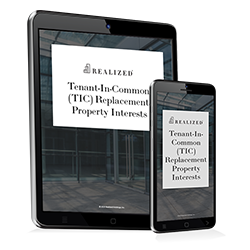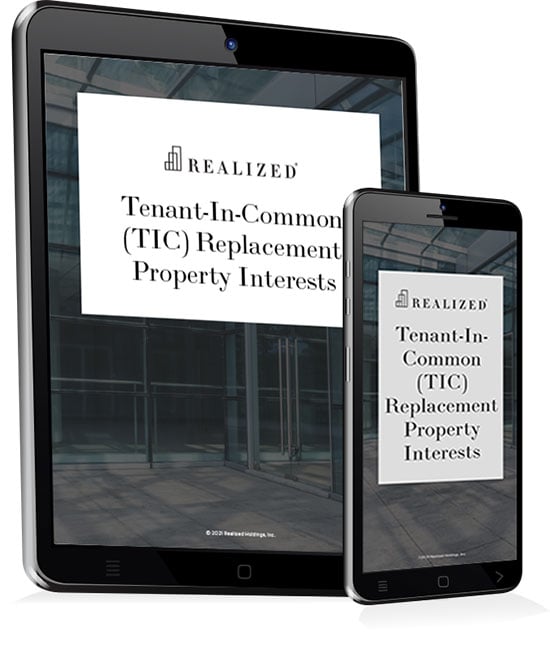You may be familiar with the structure of a tenant-in-common arrangement, better known as a TIC. Under a TIC structure, each co-tenant or co-owner has an undivided, fractional share in a particular property.
This means TIC co-tenants are responsible for their expenses as property owners. But, how does this translate when April 15 rolls around? Specifically, how do tenants in common file taxes?
The short answer is: It depends. It depends on how the TIC is structured, the division of ownership, and the type of financing levied on the property in question.
Organizational Structure
A TIC, in and of itself, consists of a maximum of 35 members, who bought and owned fractional shares of a particular property or properties. As such, owning property as a TIC member doesn’t, by itself, create an independent taxpayer entity, such as an LLC or corporation. Nor are the co-tenants necessarily partners. Rather, each TIC member is an independent entity, which happens to have claim to property owned by other independent entities.
As such, the TIC, in its entirety, doesn’t file a return or pay taxes. That falls to you. Specifically, you might file information on a Schedule E form, which reports rental income or loss.
Group Versus Fractional Mortgages
The issue of filing becomes somewhat more complex, based on who owns how many shares (see more on this, below), and how property financing is structured. There are two likely mortgages for TIC properties:
- Group mortgage, in which all TIC members sign an agreement for a single loan
- Fractured mortgage, in which each TIC member obtains financing for his/her specific share of the property
If you finance the property through fractured mortgages, the filing process is fairly simple. Basically, the lender will send you a Form 1098, which outlines how much interest was paid on your particular loan, which financed your particular share. With this form in hand, you can report the information on your tax return.
The issue becomes more complex with a group mortgage. For one thing, the financial documentation might not have all of the owners’ names listed. For another thing, in this situation, the lender might send that Form 1098 only to the first owner listed on the mortgage documentation.
This doesn’t mean you can’t deduct that mortgage interest. It does. But you need to do the following:
- If you are the owner whose name is on Form 1098, you would report your share on Schedule A (Itemized Deductions). In the “Interest You Paid” section, you’d fill out information on the “Home mortgage interest and points reported to you on Form 1098” line.
- If you are a TIC member whose name is not on that mortgage, you report your shares on that same Schedule A, also in the “Interest You Paid” section. However, this would be reported on the “Home mortgage interest not reported to you on Form 1098” line.
Ownership Division
Finally, the amount of property you own as a TIC member is important, as it tells you what percentage of expenses and property taxes you can report on your income tax forms. Basically, if you own 20% of a property, you can legitimately deduct 20% of the expenses and property taxes paid.
But again, the issue might not always be so straightforward. For instance, if the TIC agreement identifies a different allocation for property taxes, that’s what you can put on your tax return.
Bring In The Experts
Because filing taxes as a TIC member can be somewhat complex, the most helpful step you could take is to contact an expert. Specifically, your local tax advisor would be familiar with ownership tax requirements within your state, and could best advise you on deductions you can or cannot take.
In short, you will have to file taxes as a TIC member. What and how you file, however, can differ.
Realized does not provide tax or legal advice. This material is not a substitute for seeking the advice of a qualified professional for your individual situation. This material is for general information and educational purposes only. Information is based on data gathered from what we believe are reliable sources. It is not guaranteed as to accuracy, does not purport to be complete and is not intended to be used as a primary basis for investment decisions. It should also not be construed as advice, meeting the particular investment needs of any investor.



